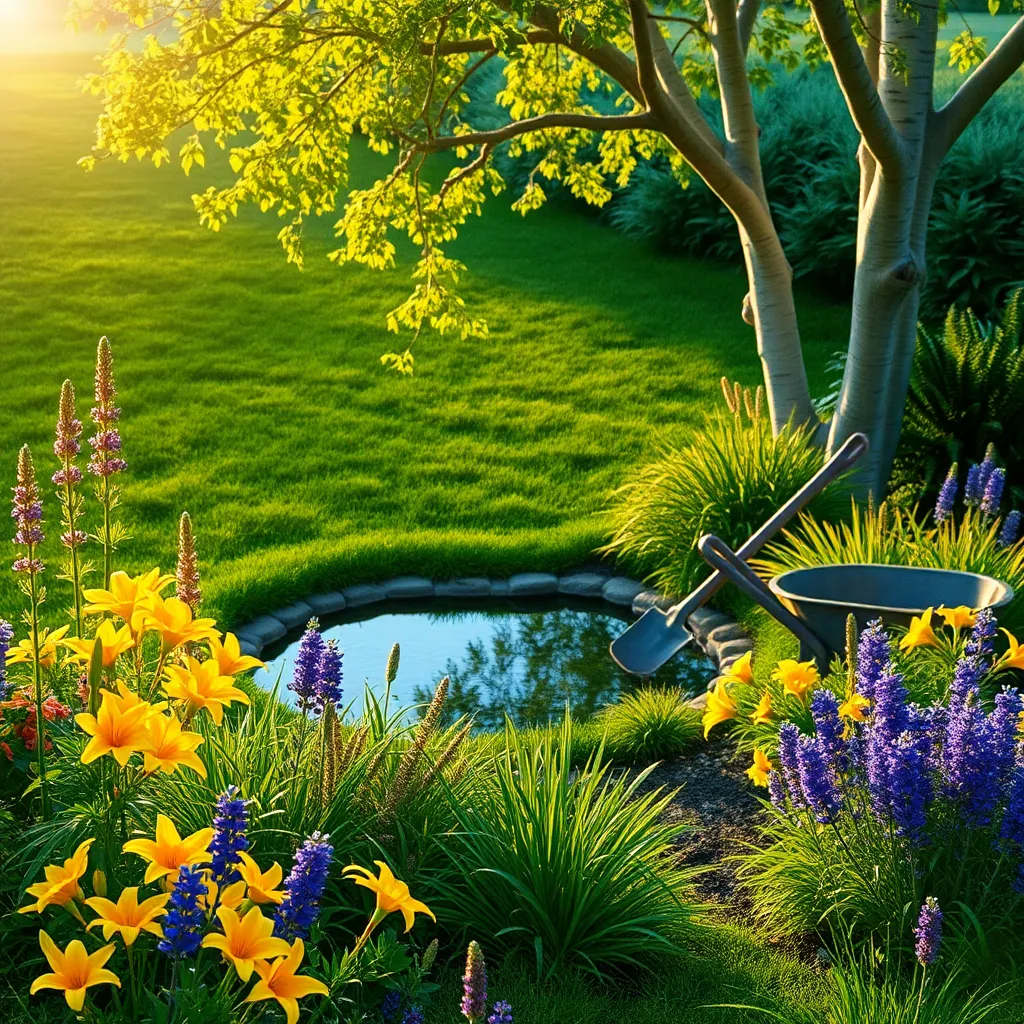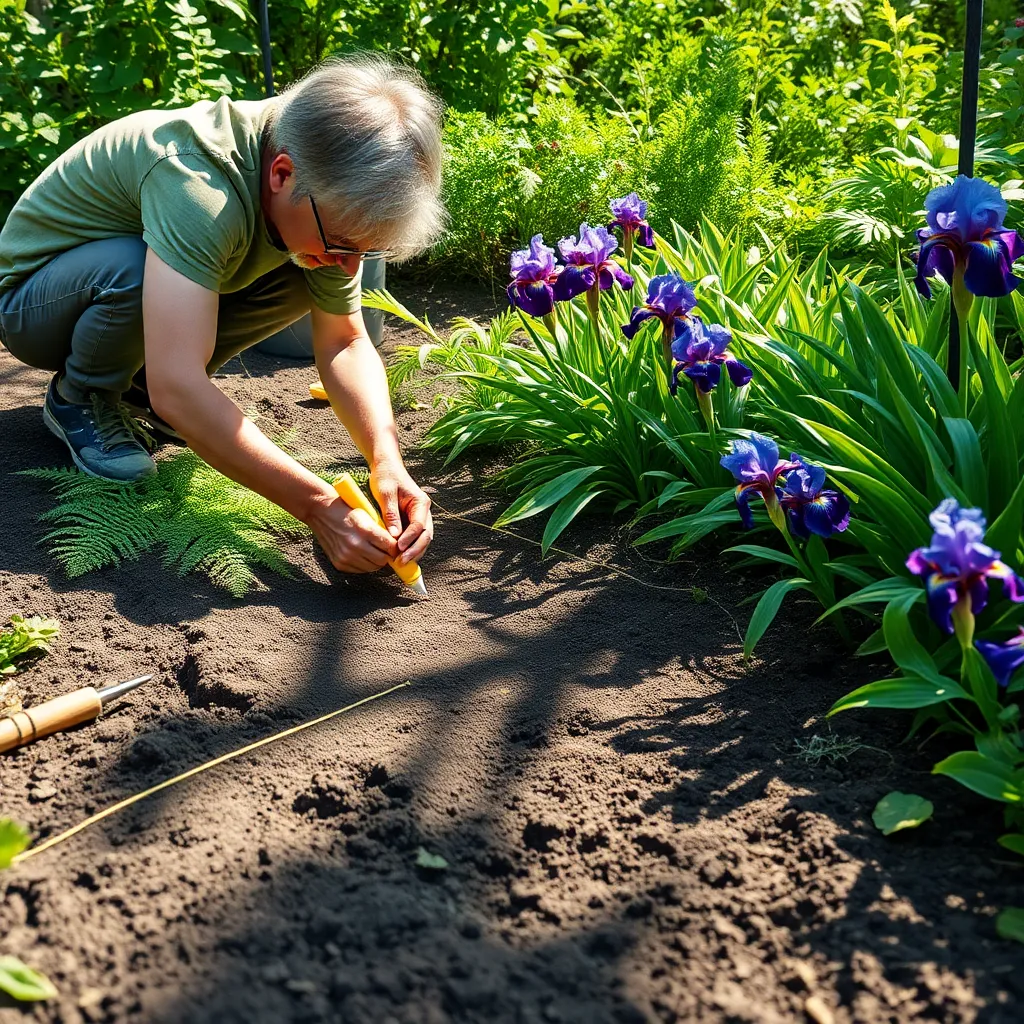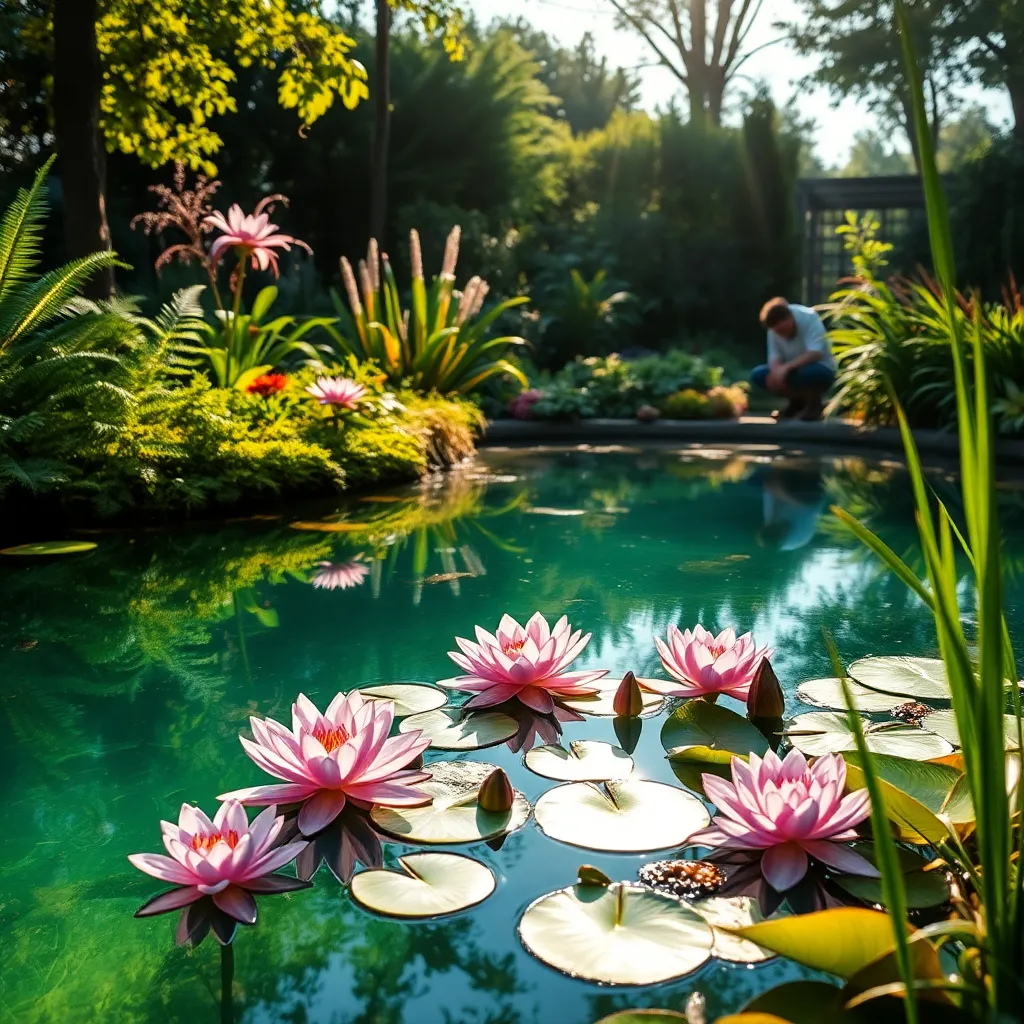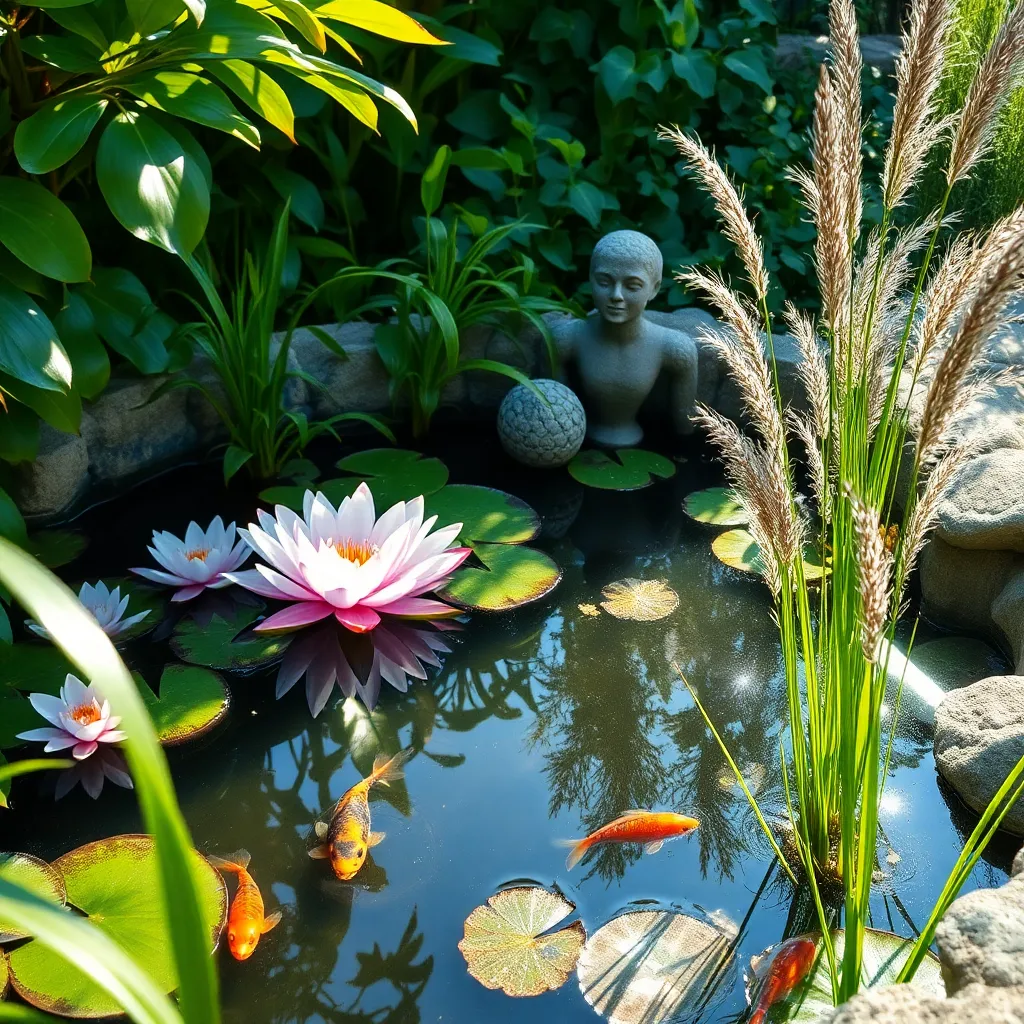Imagine transforming your garden into a tranquil oasis, a personal retreat where the gentle murmur of water soothes your senses and attracts a symphony of wildlife. Building a garden pond is not just about adding a water feature; it’s about creating an ecosystem that enhances the beauty and biodiversity of your outdoor space. Whether you’re a novice gardener dipping your toes into new projects or a seasoned greenthumb seeking to enrich your garden’s character, a pond offers both aesthetic charm and environmental benefits.
In this article, you’ll discover the essentials of pond construction, from selecting the perfect location to understanding the vital role of plants and aquatic life. We’ll guide you through the process with practical tips and expert advice, ensuring you feel confident and inspired every step of the way. You’ll learn how to balance the technical aspects of pond building with the creative joy of designing a space that reflects your personal style and meets your garden’s needs. Dive into a world where nature and design meet, and watch as your garden comes alive with the gentle ripples of a thriving pond.
Select the Pond Location

Choosing the right location for your garden pond is crucial for both aesthetics and functionality. Ideally, you should place the pond in a spot that receives at least four to six hours of sunlight daily to support aquatic plant growth and maintain a healthy ecosystem.
Consider placing the pond away from large trees to minimize leaf litter and root interference. This will reduce maintenance and ensure that the pond liner remains intact over time, preventing leaks and structural issues.
Ensure the pond is visible from your favorite spot in the garden or home, as this will allow you to enjoy its tranquility regularly. Additionally, the pond should be easily accessible for maintenance tasks such as cleaning and water testing.
For those with a bit more experience, think about how the pond’s location will affect the microclimate of your garden. A pond can increase humidity and attract wildlife, so it’s wise to position it where these changes will enhance rather than detract from your garden’s overall health.
Dig the Pond Shape

Once you’ve selected the ideal location for your garden pond, it’s time to dig the pond shape. Begin by outlining your chosen shape with a garden hose or spray paint to visualize how it will fit into your space.
This step is crucial because the pond’s shape will affect both the aesthetic and function of your garden. Consider creating gentle curves and varying depths to mimic natural pond environments, which can support diverse plant and animal life.
As you start digging, aim for at least a depth of 18-24 inches to provide ample space for aquatic plants and fish. Deeper ponds are beneficial as they can help regulate water temperature and prevent freezing in colder climates.
For a more advanced setup, include shelves at different depths to accommodate various plant types. These shelves can support marginal plants like irises and rushes, while deeper areas are perfect for lilies or even koi fish.
Install the Pond Liner

After shaping your pond, the next step is to install the pond liner, which ensures your pond retains water. Start by removing any sharp objects from the pond bed that could puncture the liner, such as rocks and roots.
Choose a high-quality liner, such as EPDM or PVC, which are durable and flexible. It’s crucial to consider the dimensions of your pond; the liner should be large enough to cover the entire pond with some overlap to anchor it securely.
Lay the liner across the pond, allowing it to settle into the contours of the excavation. Use your hands to gently press the liner into place, ensuring it fits snugly into the pond’s shape without stretching.
Once the liner is in position, weigh down the edges with stones or bricks to keep it from moving. For a cleaner look, trim any excess liner, leaving enough to secure it firmly with soil or edging materials.
Add Water and Plants

Once the pond liner is securely in place, it’s time to add water to your garden pond. Begin by filling the pond slowly with a garden hose to avoid disturbing the liner and to allow for natural settling.
As the pond fills, consider the type of plants you want to introduce. Select a mix of submerged, floating, and marginal plants to create a balanced ecosystem and enhance the pond’s appearance.
Submerged plants like hornwort and anacharis provide oxygen and help keep the water clear. These plants should be placed at the bottom of the pond, ideally in small pots filled with a clay-based aquatic soil to anchor them securely.
Floating plants such as water lilies and duckweed offer shade and reduce algae growth, benefiting both your pond and its inhabitants. Ensure that water lilies are planted in wide, shallow containers and are placed where they can receive at least six hours of sunlight daily.
Marginal plants like irises and cattails thrive at the edges of your pond, adding height and interest. These should be planted in the shallow areas around the pond’s perimeter where they can easily access nutrients from the pond water.
Watering your pond plants is simple once established; they draw moisture directly from the pond. However, monitor the water level regularly, especially during hot weather, and top up as needed to maintain a healthy environment.
Introduce Fish and Decorations

Once your pond is filled with water and plants, it’s time to introduce fish and decorations to complete the ecosystem. Start by selecting fish that are suited to your pond’s size and climate, such as goldfish or koi, which are both hardy and popular choices.
Before adding fish, allow the pond to establish its natural balance for a few weeks. This period helps beneficial bacteria develop, which is essential for maintaining water quality and providing a healthy environment for the fish.
When acclimating fish to the pond, float their bag in the water for about 20 minutes to equalize the temperature. Gradually introduce small amounts of pond water into the bag to help the fish adjust to the new environment.
Enhance your pond with decorations like rocks, floating plants, and fountains to create an inviting habitat. Rocks and plants provide hiding spots for fish, making them feel safe and reducing stress.
Consider using a pond pump to circulate water, which helps keep the pond oxygenated and healthy for fish. For a decorative touch, you might add a small waterfall or fountain, which also aids in water aeration.
Regularly monitor water quality with a test kit to ensure optimal conditions for your fish. Keep in mind that fish produce waste, so it’s important to clean your pond filters regularly and perform partial water changes as needed.
Conclusion: Growing Success with These Plants
In building your metaphorical garden pond, we explored five key relationship concepts: nurturing a strong foundation, maintaining clear communication, fostering mutual growth, practicing patience, and celebrating shared accomplishments. These elements are akin to the careful planning, communication, nurturing, patience, and celebration required to create a thriving pond. Now, take the actionable step of setting aside dedicated time this week to discuss with your partner how you can incorporate these principles into your relationship, enhancing both your connection and shared happiness.
As you embark on this journey, remember that relationships, like ponds, flourish with care and attention. Bookmark this article to revisit these essential concepts whenever you feel the need to refresh and renew your relational strategies. By doing so, you equip yourself with tools for enduring love and partnership.
Looking forward, envision the success and satisfaction that come with a relationship built on such a solid foundation. With these insights at your fingertips, you’re empowered to cultivate a partnership that not only thrives in the present but also promises a flourishing future. Dive in, nurture your relationship, and watch it bloom into a beautiful, lasting bond.
